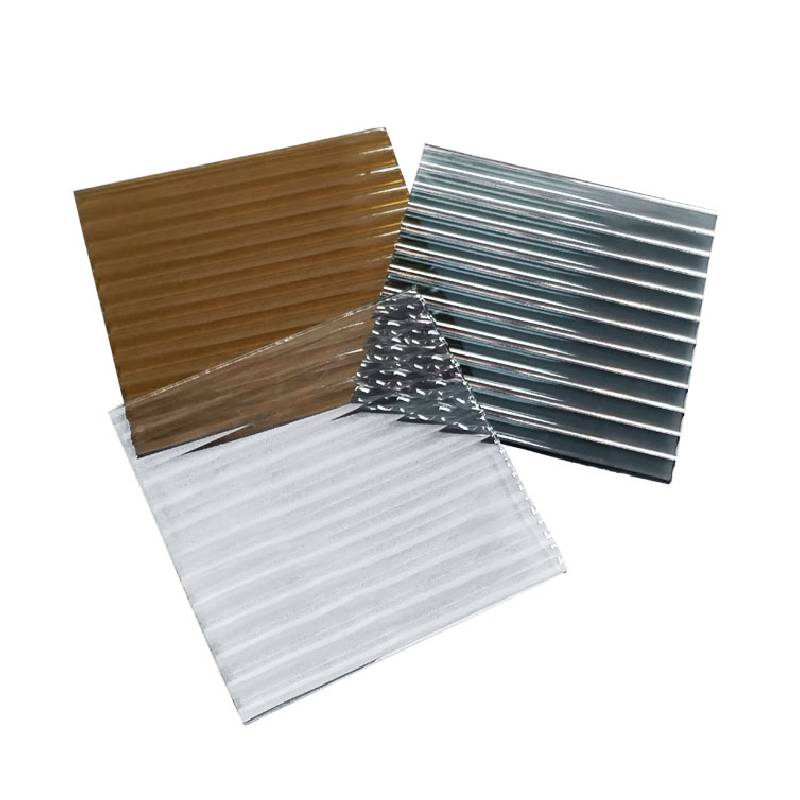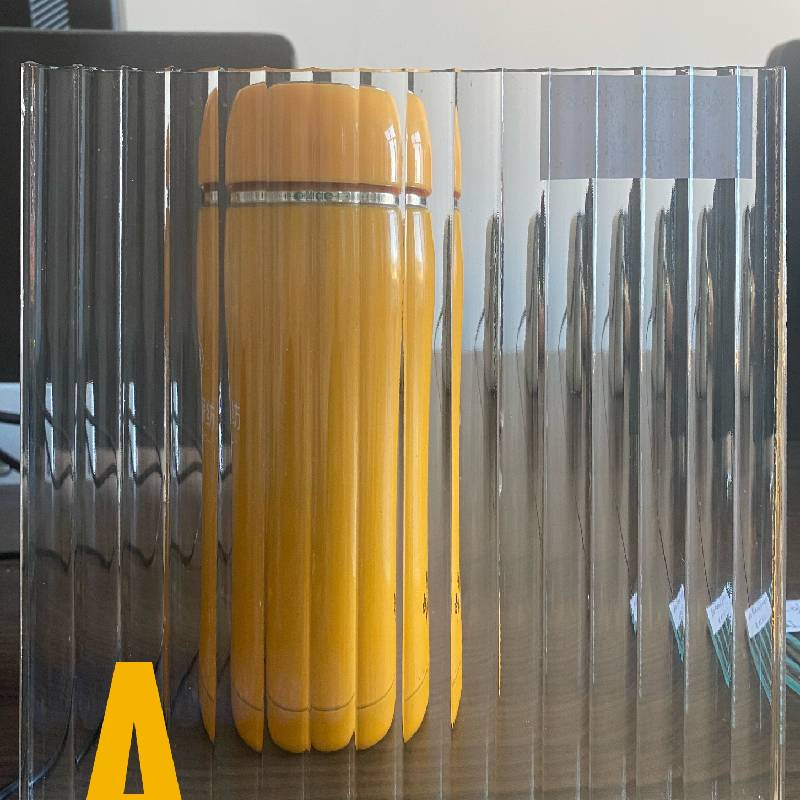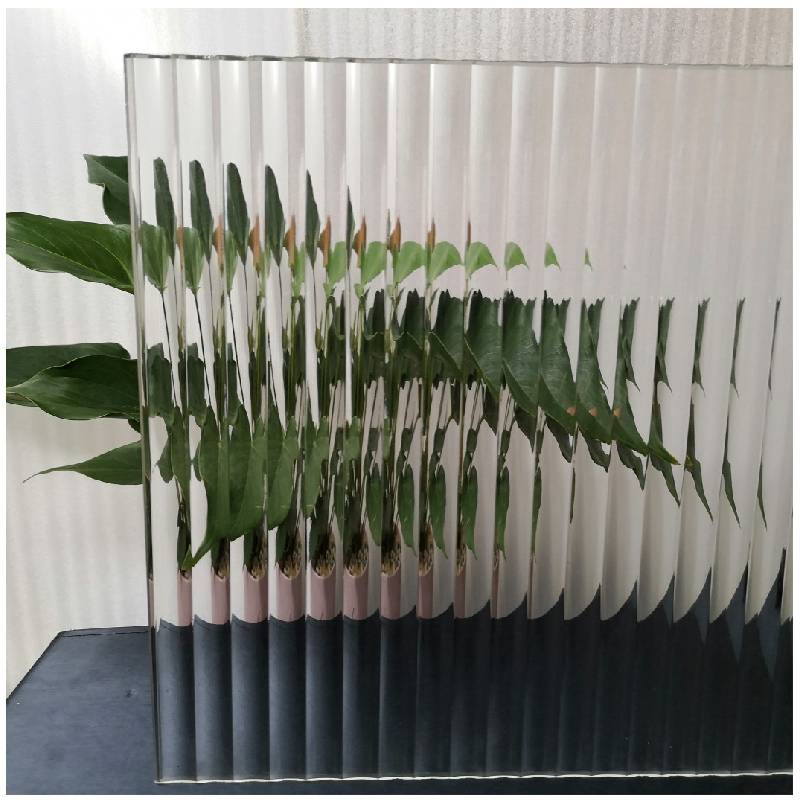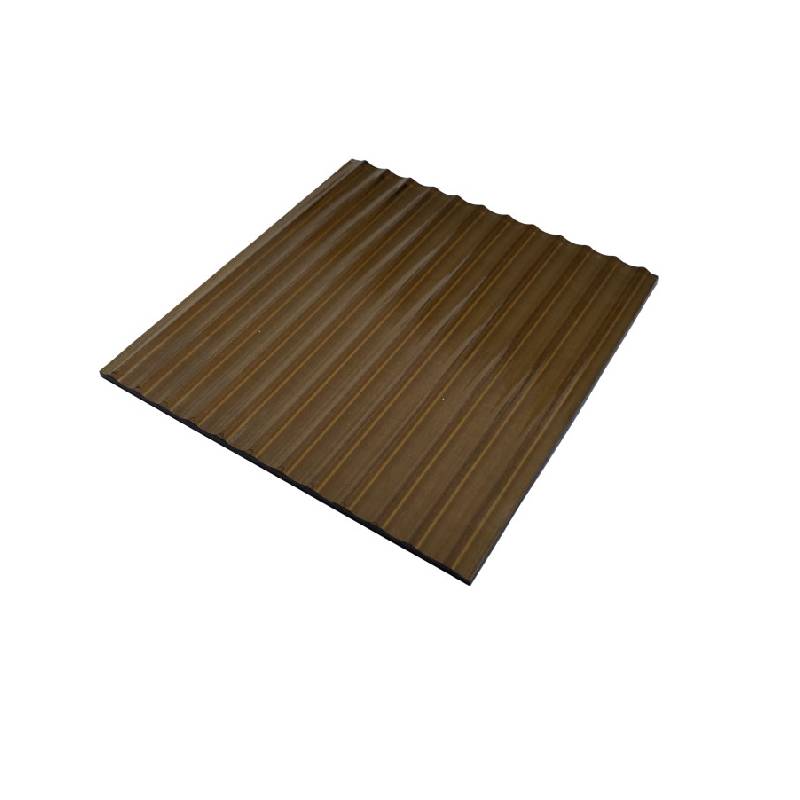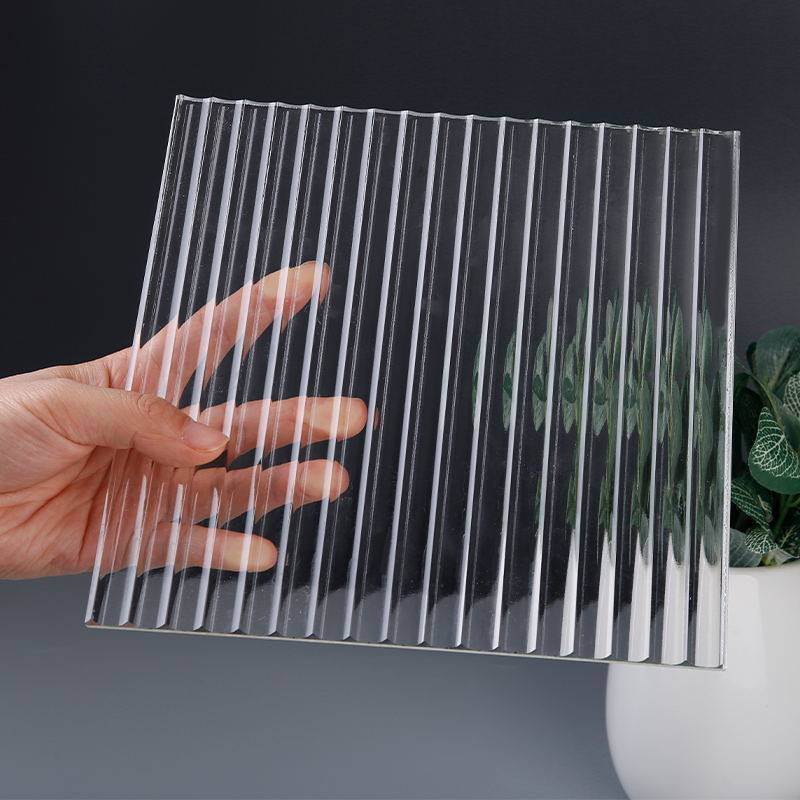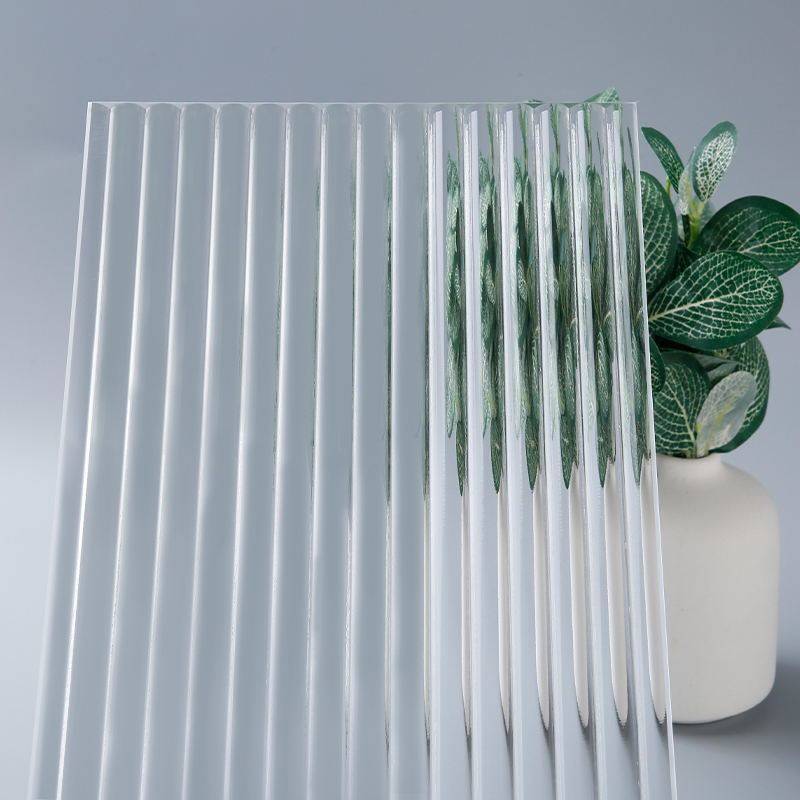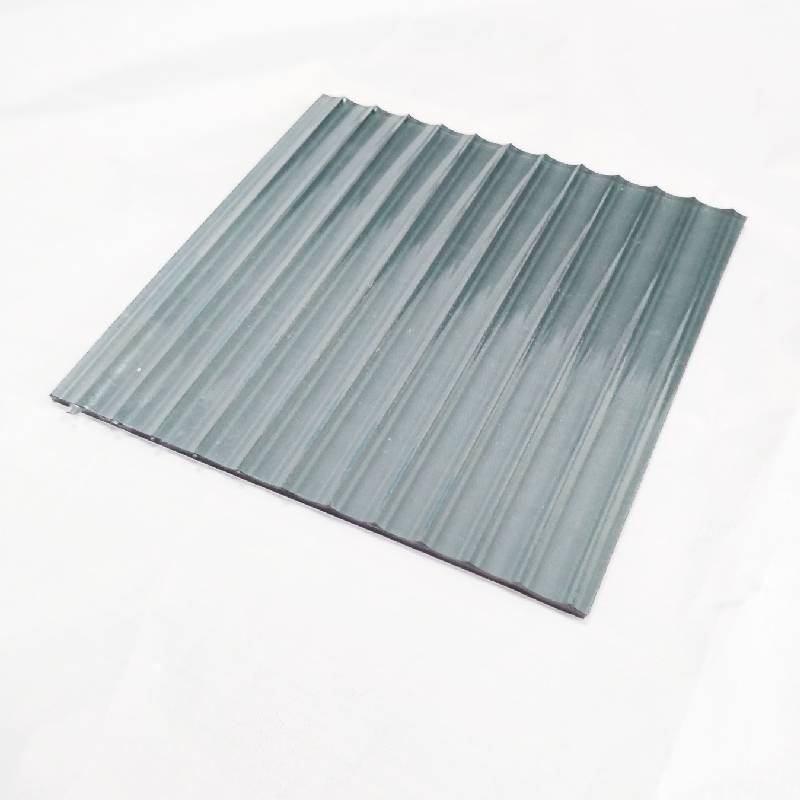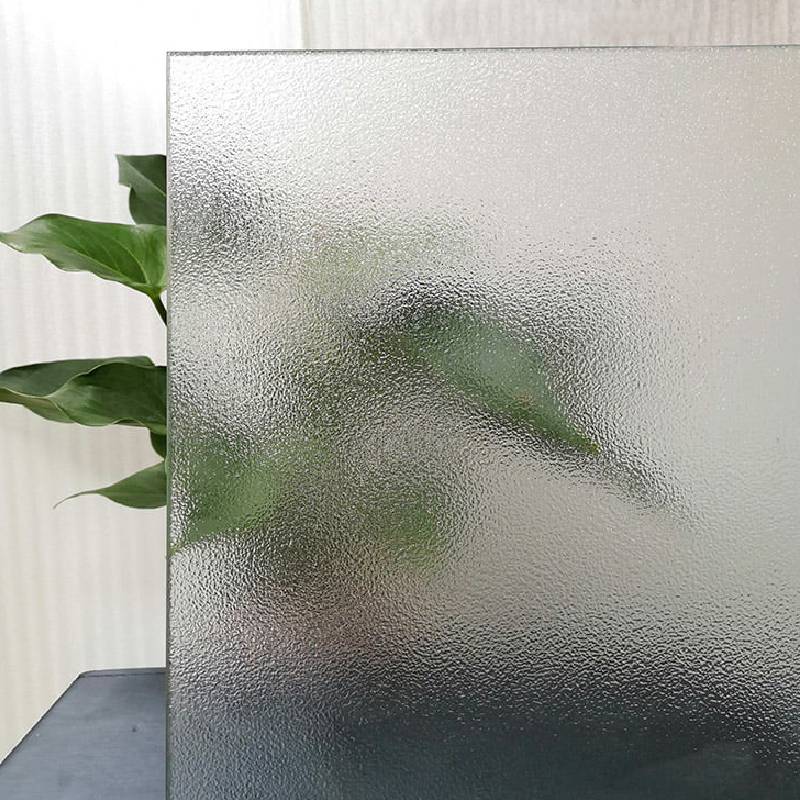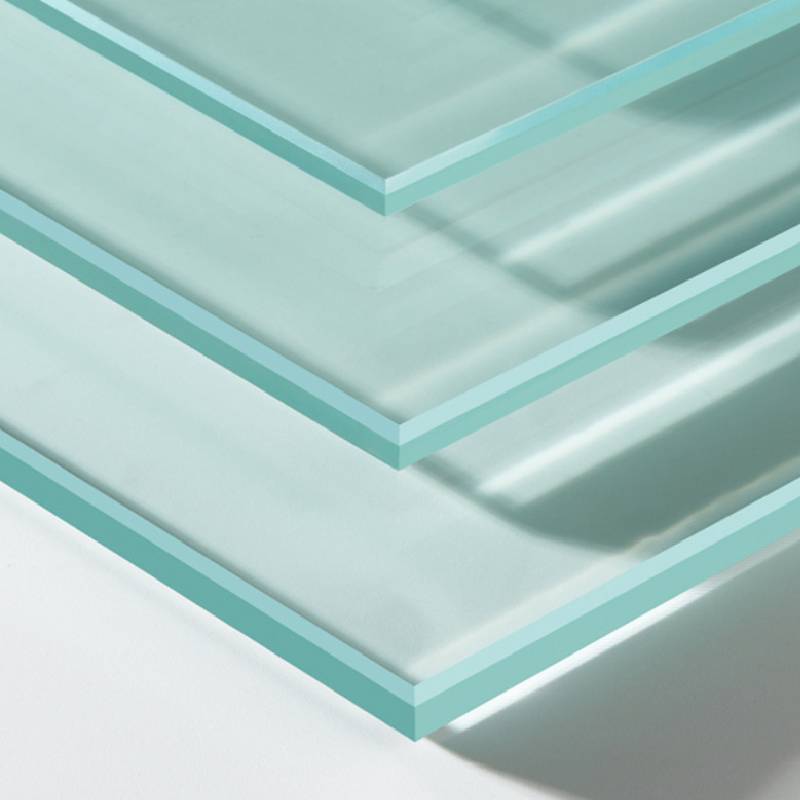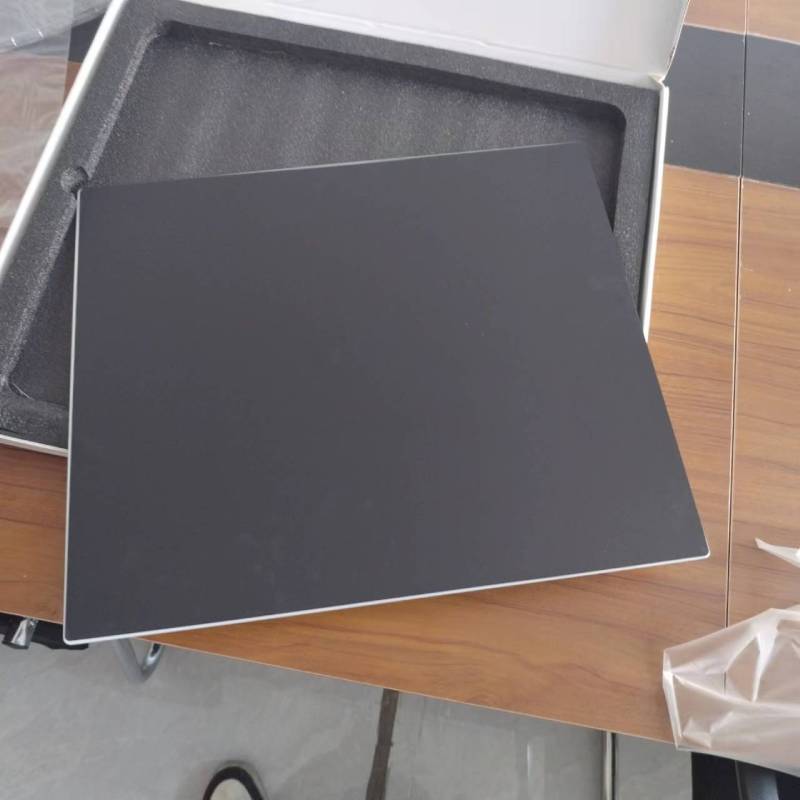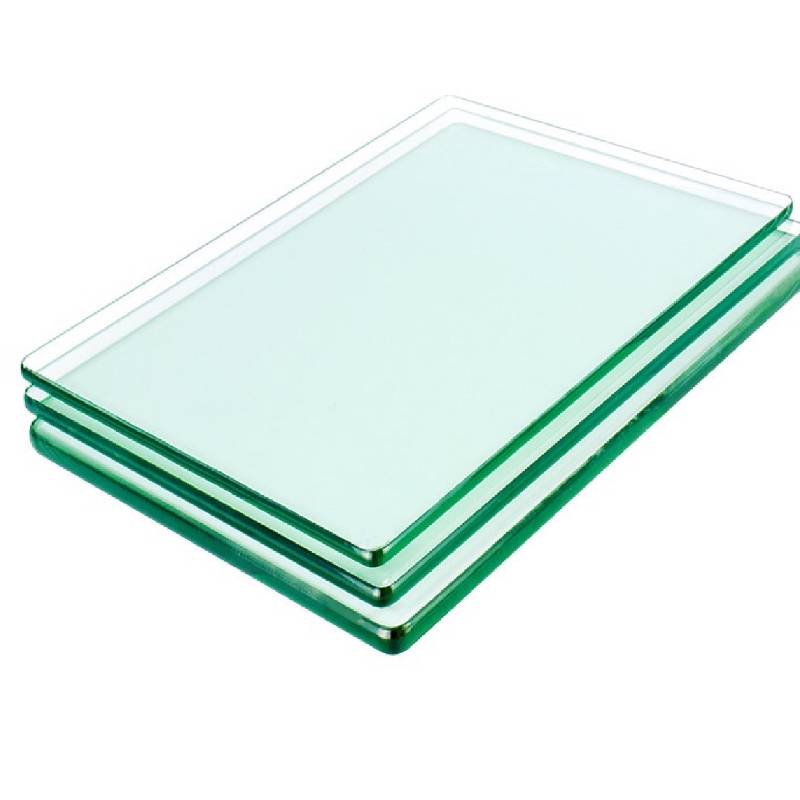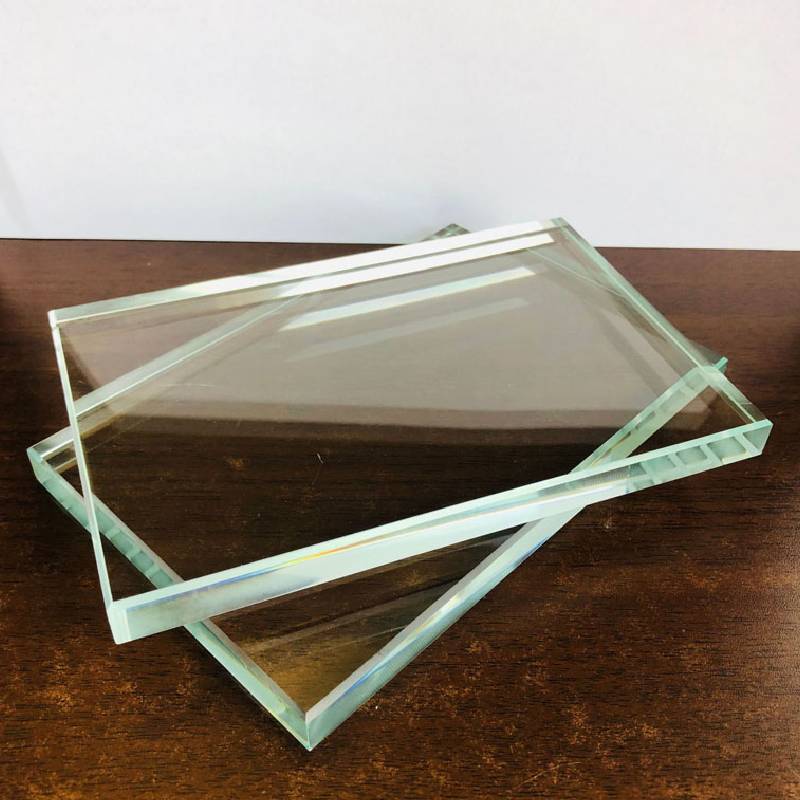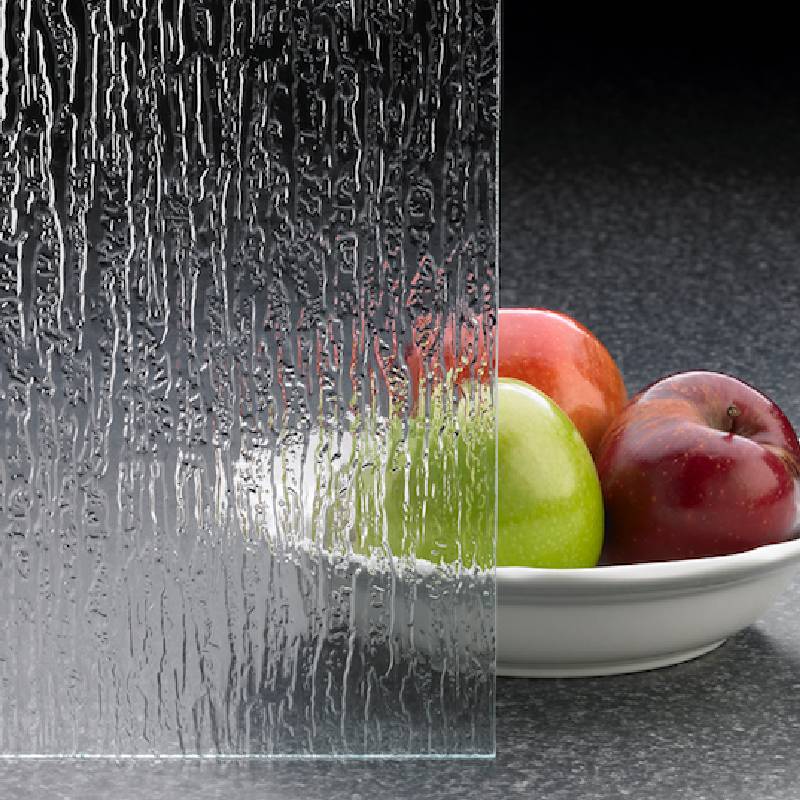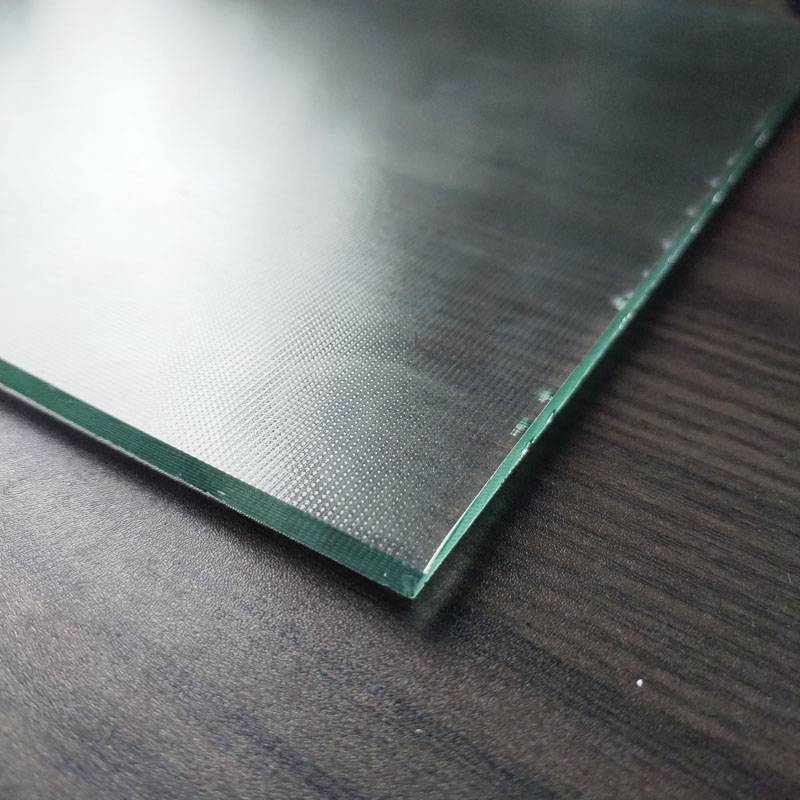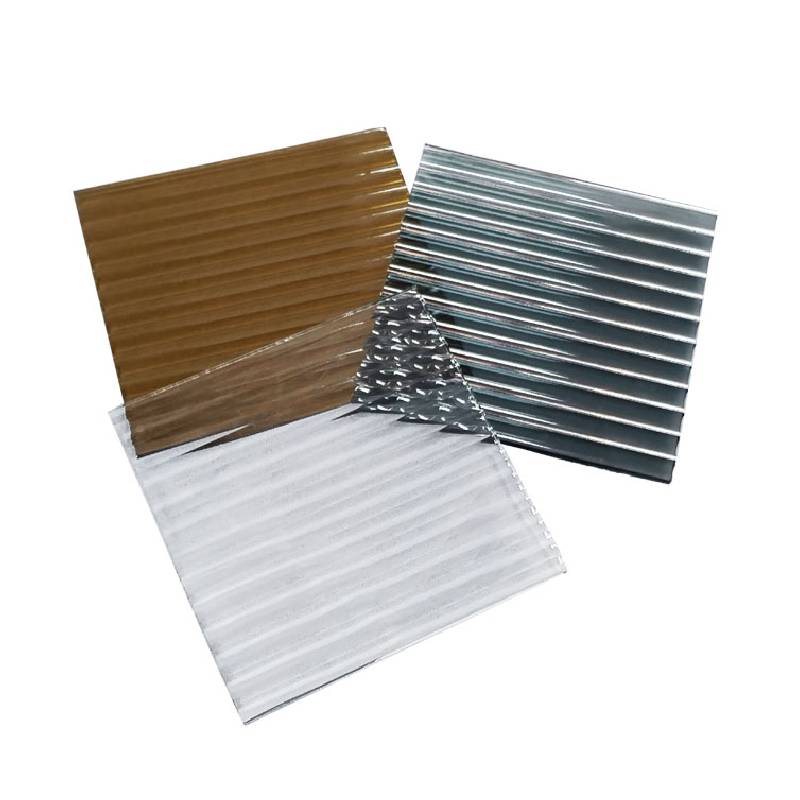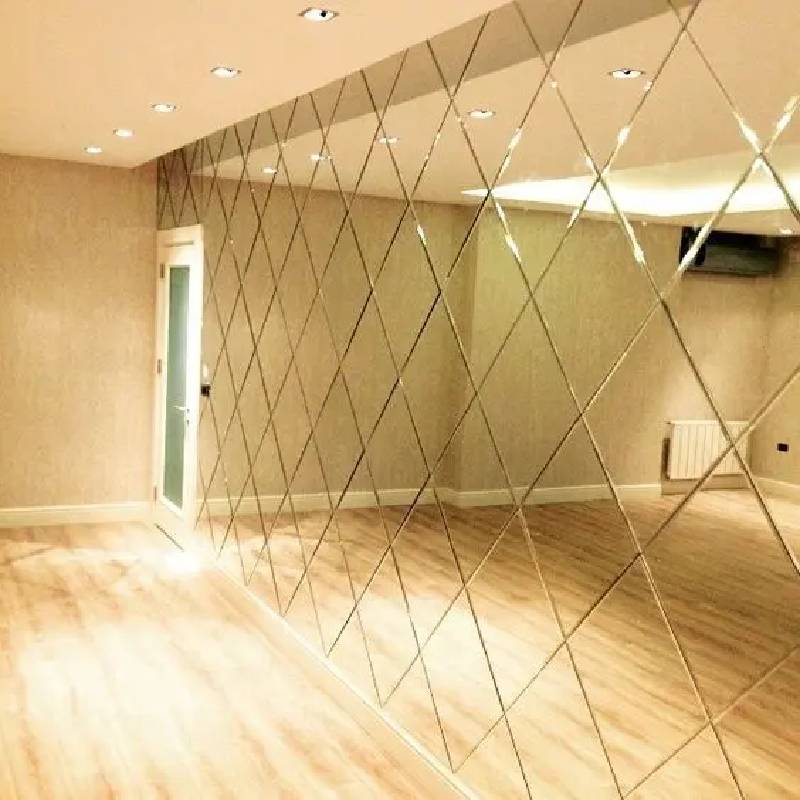- 1. Raw material selection: The process starts with the selection of high-quality raw materials, usually silica sand, soda ash and limestone. These materials were chosen for their purity and consistency, as they greatly influence the final quality of the glass.
2. Ingredients: The selected raw materials are accurately weighed and mixed together in specific proportions. This mixture, called a batch, is loaded into a furnace and melted.
3. Melting: The batch is fed into a furnace that is heated to extremely high temperatures, typically between 1,500 and 1,700 degrees Celsius (2,732 and 3,092 degrees Fahrenheit), depending on the type of glass being produced. Intense heat melts the batch into a viscous liquid called molten glass.
4. Shaping: Once the molten glass reaches the desired consistency, it is formed into the desired shape. This can be done by various methods such as blowing, pressing or moulding. For Moru glass, which often has intricate patterns, techniques such as glass blowing or hand shaping can be used to achieve the desired design.
6. Annealing: Newly formed glass undergoes a process called annealing to eliminate internal stress and strengthen the glass. This involves gradually cooling the glass at a controlled rate to ensure an even temperature distribution throughout the material.
7. Finishing: After annealing is complete, inspect the glass for any defects or blemishes. Any rough edges or sharp points are smoothed away, and the final product is cleaned and polished to enhance its appearance.
- 1. High transparency
Moru glass uses high-quality glass raw materials with high purity, so the transparency is very good and can provide excellent visual effects.
2. A sense of haziness
The vertical line texture of Moru glass has a simple geometric beauty and hazy feeling, which can have a semi-covering effect while maintaining spatial transparency.
3. Transparent but not see-through
Moru glass itself is glass, with the characteristics of glass itself transmitting light. In addition, due to its own grooves with a blurred matte surface, the reflected light, plants or decorations on the other side of the glass can be out of focus. More hazy beauty.
4. Good appearance and wide application
As a high-quality, high-transparency glass material, Moru glass has a variety of functions and functions. It has been widely used in construction, home decoration, automobile and other fields.
Clear Moru glass, ultra clear Moru glass, gray Moru glass, bronze Moru glass, golden Moru glass.
Regular thickness: 4mm, 5mm, 6mm, 8mm, 10mm
Regular size 2000*2440mm, 2100*2440mm, 2100*2800mm, 2100*3300mm
 Afrikanac
Afrikanac  Albanac
Albanac  amharski
amharski  arapski
arapski  Jermenski
Jermenski  Azerbejdžanski
Azerbejdžanski  Basque
Basque  bjeloruski
bjeloruski  bengalski
bengalski  bosanski
bosanski  bugarski
bugarski  katalonski
katalonski  Cebuano
Cebuano  Korzikanac
Korzikanac  hrvatski
hrvatski  češki
češki  danski
danski  Dutch
Dutch  engleski
engleski  esperanto
esperanto  estonski
estonski  Finski
Finski  francuski
francuski  Frizijski
Frizijski  galicijski
galicijski  Gruzijski
Gruzijski  njemački
njemački  grčki
grčki  gudžarati
gudžarati  haićanski kreolski
haićanski kreolski  hausa
hausa  hawaiian
hawaiian  hebrejski
hebrejski  Ne
Ne  Miao
Miao  Mađarski
Mađarski  islandski
islandski  igbo
igbo  indonezijski
indonezijski  irski
irski  talijanski
talijanski  Japanski
Japanski  Javanese
Javanese  kanada
kanada  kazakh
kazakh  kmerski
kmerski  Ruandski
Ruandski  korejski
korejski  kurdski
kurdski  kirgiski
kirgiski  TB
TB  Latinski
Latinski  Latvian
Latvian  litvanski
litvanski  Luksemburški
Luksemburški  makedonski
makedonski  Malgashi
Malgashi  malajski
malajski  malajalam
malajalam  Maltezer
Maltezer  Maori
Maori  Marathi
Marathi  mongolski
mongolski  Myanmar
Myanmar  nepalski
nepalski  norveški
norveški  norveški
norveški  Occitan
Occitan  Pashto
Pashto  perzijski
perzijski  Poljski
Poljski  portugalski
portugalski  Punjabi
Punjabi  rumunski
rumunski  ruski
ruski  Samoan
Samoan  Scottish Gaelic
Scottish Gaelic  srpski
srpski  engleski
engleski  Šona
Šona  Sindhi
Sindhi  Sinhala
Sinhala  Slovak
Slovak  slovenački
slovenački  somalijski
somalijski  španski
španski  sundanski
sundanski  svahili
svahili  švedski
švedski  Tagalog
Tagalog  Tajik
Tajik  tamilski
tamilski  Tatar
Tatar  telugu
telugu  tajlandski
tajlandski  turski
turski  Turkmen
Turkmen  ukrajinski
ukrajinski  Urdu
Urdu  Ujgur
Ujgur  Uzbek
Uzbek  Vijetnamski
Vijetnamski  velški
velški  Upomoć
Upomoć  jidiš
jidiš  Yoruba
Yoruba  Zulu
Zulu 

